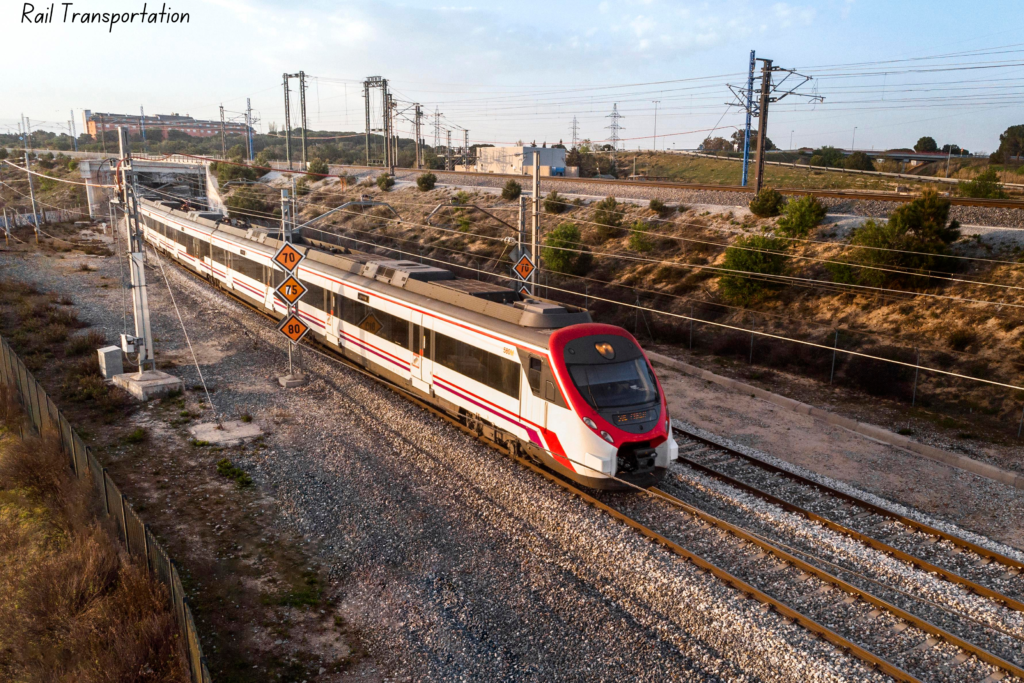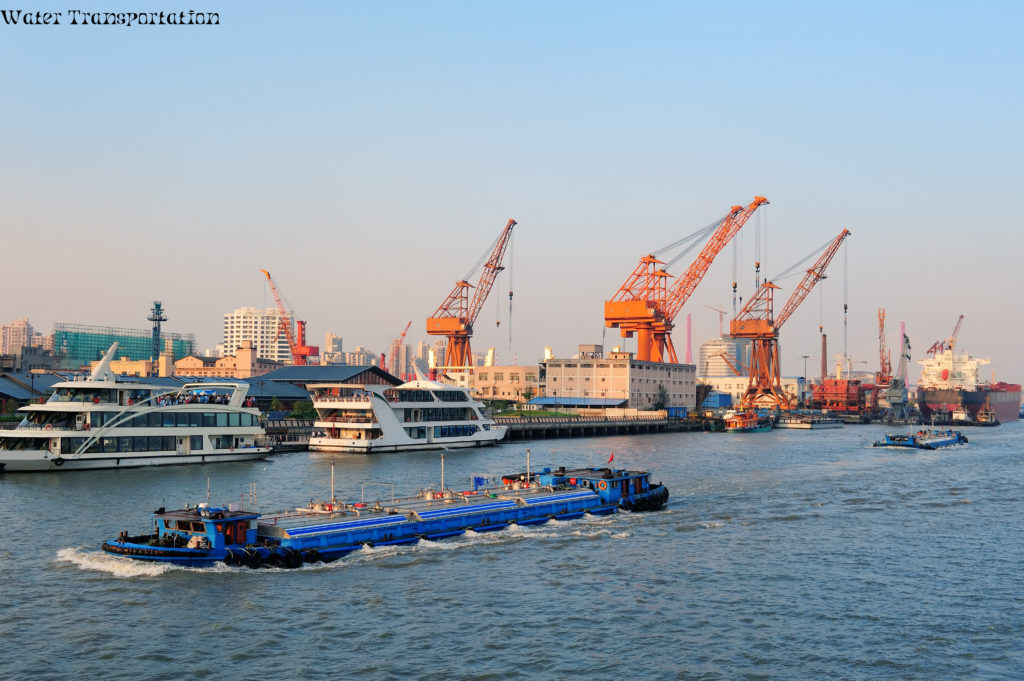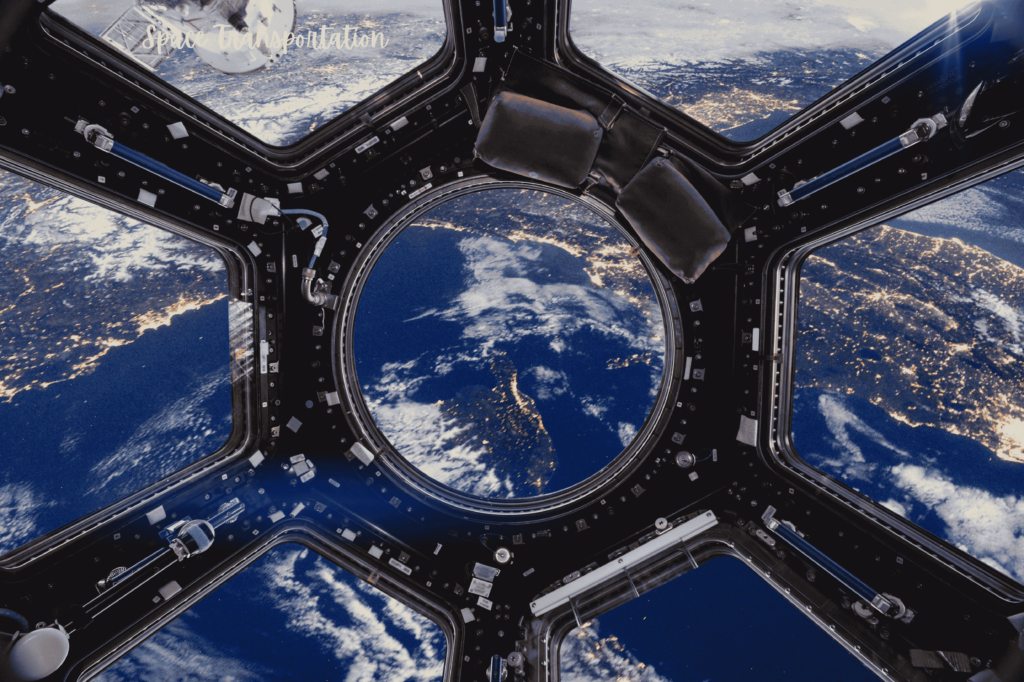Transportation has been a fundamental portion of human civilization, encouraging the development of individuals, merchandise, and administrations from one put to another. Over time, the modes of transportation have advanced essentially, changing how we travel, conduct commerce, and interface with others. In this article, we will dive into the different modes of transportation, investigating their history, points of interest, and effects on society.
Road Transportation
Road transportation is one of the most seasoned and most broadly utilized modes of transportation. From old-fashioned civilizations to progressed times, lanes have played an urgent portion in meddling cities, towns, and towns. The headway of the wheel in 4000 BC revolutionized street transportation, empowering the creation of carts, wagons, and in the long run, automobiles.
Road Transportation: Pros and Cons: Nowadays, street transportation is ruled by cars, buses, trucks, and bikes. The points of interest of street transportation incorporate adaptability, comfort, and openness. In any case, it has its downsides, such as activity clogs, contamination, and mischances.
Rail Transportation

Rail transportation, moreover known as prepared travel, has been an imperative mode of transportation since the 19th century. To start with, the steam-powered train was designed in 1804, stamping the start of the rail time rail transportation offers a few central focuses, checking capability, faithful quality, and imperativeness productivity.
Trains: A Sharp Way to Travel: Trains culminate for transporting overpowering items over long divisions, reducing the strain on boulevards and minimizing carbon surges. Traveler trains, on the other hand, provide a comfortable and wonderful way to travel, making them a well-known choice for tourists and commuters.
Air Transportation.
Air transportation has changed the way we travel, empowering us to cover tremendous separations in a moderately brief period. The Wright brothers made the to start with fueled flight in 1903, checking the starting of the flying time. Nowadays, transportation is a worldwide industry, interfacing with cities, nations, and land masses.
The Double-Edged Sword of Air Transportation Air travel offers a few focal points, counting speed, comfort, and availability. In any case, it too has its downsides, such as high costs, security concerns, and natural effects.
Environmental Impact(modes of transportation)
The natural effect of transportation is basic, and it’s vital to consider the carbon impression of our transportation choices. Feasible transportation choices, such as strolling, cycling, and utilizing electric or half-breed vehicles, can offer assistance to reduce our carbon impression and contribute to a more valuable environment.
Water Transportation

Water transportation has been a fundamental mode of transportation since old times, encouraging the development of products and individuals overseas, waterways, and lakes. The development of the cruise in 3000 BC empowered the creation of cruising vessels, whereas the improvement of steam-powered ships in the 19th century revolutionized water transportation.
The Highs and Lows of Water Travel Nowadays, water transportation is ruled by holder ships, tankers, and voyage liners. The preferences for water transportation incorporate effectiveness, unwavering quality, and cost-effectiveness. In any case, it too has its downsides, such as natural concerns, robbery, and weather-related dangers.
-
Pipeline Transportation
Pipeline transportation is an imperative mode of transportation for fluids and gasses, such as oil, common gas, and water. The to begin with pipeline was built in 1860, and since that point, pipeline transportation has become a basic portion of the worldwide vitality framework.
Pipeline Benefits and Risks: Pipeline transportation offers a few points of interest, including effectiveness, unwavering quality, and cost-effectiveness. In any case, it too has its disadvantages, such as natural concerns, security dangers, and upkeep challenges.
Cable Transportation
Cable transportation, also known as ropeway transportation, is a mode of transportation that businesses cables and pulleys to move people or items. The to start with cable car was planned in 1863, and since that point, cable transportation has gotten to be a predominant mode of transportation in uneven regions.
The Ups and Downs of Cable Transport: Cable transportation offers a few focal points, counting effectiveness, unwavering quality, and picturesque sees. In any case, it too has its disadvantages, such as tall costs, constrained capacity, and weather-related dangers.
Space Transportation

Space transportation is the most current mode of transportation, empowering people to travel to space and investigate the universe. To begin with, the shuttle was propelled in 1957, and since that point, space transportation has become a quickly advancing field.
Space Travel Trade-Offs Space transportation offers a few preferences, counting the potential for logical disclosure, asset investigation, and human settlement. Be that as it may, it in addition has its downsides, such as high costs, specialized challenges, and security threats.
Sustainable Transportation
Sustainable transportation is a creating incline, and it consolidates modes of transportation that are biologically neighborly and socially tried and true. Temperate transportation choices include walking, cycling, and utilizing electric or hybrid vehicles.
Economic Benefits
Transportation also has vital budgetary benefits, and it’s principal to consider the monetary impact of our transportation choices. Effective transportation frameworks can offer assistance to diminish costs, increment efficiency, and advance financial development.
Social Benefits
Feasible transportation moreover has critical social benefits, and it’s fundamental to consider the social effect of our transportation choices. Open transportation frameworks can offer assistance to advance social incorporation, diminish disparity, and move forward in quality of life.
Future of Transportation
The future of transportation is energizing, and it’s fundamental to consider the rising patterns and innovations that will shape the transportation segment. Electric and independent vehicles, hyper-loop frameworks, and progressed open travel frameworks are fair a few illustrations of inventive arrangements that will change the transportation division.
Challenges in Transportation
Despite the significance of transportation, a few challenges require to be tended to. These include:
Traffic Clog: Action blockage is a major issue in various cities, causing delays, extending defilement, and decreasing quality of life.
Safety Concerns: Transportation mischances can be demolished, causing wounds, fatalities, and property harm.
Inequitable Get to: Numerous communities need to get to dependable and reasonable transportation, making it troublesome for individuals to get to work, school, and other fundamental administrations.
Innovative Solutions

To address these challenges, imaginative arrangements are being created and actualized. These include:
Electric and Autonomous Vehicles: Electric and independent vehicles are being created to decrease nursery gas emanations and move forward safely.
Smart Traffic Administration: Keen activity administration frameworks are being executed to decrease activity blockage and move forward the activity stream.
Transportation Systems: Open transportation frameworks, such as buses and trains, are being made strides to give more proficient and solid service.
Non-Motorized Transportation: Non-motorized transportation choices, such as strolling and cycling, are being advanced to decrease activity clogs and make strides to discuss quality.
Conclusion
In conclusion, the modes of transportation have progressed basically over time, changing how we travel, conduct commerce, and interact with others. Each mode of transportation has its focuses of intrigued and disadvantages, and understanding these components is principal for making taught choices roughly transportation.


